Content of the article
- /01 What is a personal brand and why is it important?
- /02 Who needs a personal brand?
- /03 Benefits of a personal brand
- /04 Basic components of a personal brand
- /05 How to create a personal brand: a step-by-step guide
- Step 1. Define your goal
- Step 2. Define your uniqueness
- Step 3. Formulate the main message
- Step 4. Develop your visual identity
- Step 5. Build an online presence
- Step 6. Create content that shows your expertise
- Step 7. Make and maintain connections
- Step 8. Measure results and improve
- How to improve your personal brand through feedback
- /06 Channels of personal brand promotion
- /07 Examples of a successful personal brand: real cases
- /08 Personal brand is important for everyone


A personal brand is no longer a luxury enjoyed only by celebrities and influencers – it has become an indispensable tool for anyone who wants to grow in their field. In today’s competitive environment, a strong personal brand not only increases your credibility, but also opens the door to new career opportunities, partnerships, and sales. In this article, we’ll look at the main elements, strategies, challenges, and benefits of creating one.
What is a personal brand and why is it important?
Personal branding is the art of creating and promoting a unique professional identity that clearly conveys your values, skills, experience, and personality. It is a process in which a person consciously shapes the perception of themselves in the eyes of others, both online and offline. Thanks to digital tools such as social media, blogs, or personal websites, everyone can build their own brand, regardless of their profession or status.
Nowadays, the first impression of a person is often formed by viewing their online profile. Therefore, a personal brand is becoming a powerful positioning tool. The web is often the first point of contact with potential clients, partners, or employers. That’s why a clearly built professional identity allows you to convey expertise even before a direct conversation. And the integration of SEO into brand marketing helps content rank higher in search results, which helps to engage the audience and increase sales.
A strong positioning sets you apart from your competitors and emphasizes the unique value you as an individual can bring to the world. It increases recognition, builds trust, and creates conditions for sustainable professional development.
Who needs a personal brand?
It is important for any person who wants to be recognized, develop and achieve goals. In a highly competitive world, it is no longer an option – it is part of a personal and professional development strategy. Here are some examples:
- Entrepreneurs and freelancers. If you own a business or work for yourself, your personal brand is key to attracting new customers and partners. It helps you stand out from the competition and scale sales, and builds trust with your audience.
- Professionals and experts in their field. If you are a professional, your image determines how you are perceived by colleagues, employers, and potential clients. A strong personal image helps you to be recognized as an expert and expand your career opportunities.
- Bloggers and influencers. For those who work in the content industry, it is important to have a well-formed image. It determines popularity, interaction with the audience, and cooperation with companies. A reliable image helps to attract new subscribers and maintain the loyalty of existing ones.
- Thought leaders and speakers. Those who speak at conferences or have significant influence in their field should actively work on their personal brand. This helps build credibility and attract a wider audience for speeches and publications.
- For professionals looking for a job. In today’s online recruitment environment, having a clear image greatly improves your chances of success. It allows you to stand out from other candidates and increases your appeal to potential employers.
A personal brand is not just for public figures. It is a tool that works for everyone who wants to become more influential, more interesting to the audience, and achieve success through systematic development, a clear identity, and competent marketing.
Benefits of a personal brand
A strong personal brand opens up new horizons and works as your invisible ambassador in any professional environment. Its benefits go far beyond simple recognition. It is a part of the marketing of every modern person who strives for development, success, and stability.
Here are the key benefits:

- Recognition in the professional community.
A well-built personal brand makes you easier to find online. Combined with competent personal marketing, it forms a strong image of an expert person who is easy to find and recognize.
- Trust and confidence.
People tend to trust someone they see on a regular basis. By publishing your thoughts, work examples, case studies, or stories, you create a transparent and understandable image. People are more likely to buy and cooperate with those they know.
- New opportunities.
Invitations to conferences, new projects, cooperation offers, and additional sales all become more accessible when your personal brand clearly demonstrates your value. It’s a voice that speaks even when you’re not speaking.
- Professional connections and networking.
A personal image attracts the attention of people who share your values – like-minded people, opinion leaders, and potential customers. This makes it easier to establish new contacts and helps to expand your sphere of influence.
- Career resilience in times of change.
Even when the market changes or you decide to change the direction of your business, your personal brand stays with you. The reputation you have built continues to work for you, creating new points of support and adaptation. It is a personal tool for stability and development.
The combination of these advantages creates a synergy effect: a personal brand does not just improve your image, it leads to concrete results – trust, recognition, partnerships and sales. It’s not just an image strategy – it’s your personality in action.
Basic components of a personal brand
For a personal brand to be holistic and effective, it must be based on several key elements. It’s a combination of marketing, self-knowledge, communication, and design that forms a holistic perception of you as a person and a professional. It is the basic components that determine how other people perceive you and help you create a consistent image across different communication channels.
This is what the basic structure consists of:
- The mission and values are the foundation of the brand on which everything else is built. The mission is your «why»: why you do what you do, what benefit you want to give to people or the world. Values are your principles that define the way you work, the way you communicate, and the choice of clients and partners. When these things are clearly articulated, you make decisions faster and more consistently.
- Visual identity: people remember not only what you say, but also how it looks. The visual component includes colors, logo, typography, photos, and the overall style of content. It creates a first impression, increases recognition, and shapes the mood of a personal brand. It’s important that this style is unique, pleasing to the eye, and appropriate for the target audience.
- Communication style is the voice of your personal brand. The way you write, speak, and respond to comments all shape the tone of your communication. It can be warm and friendly, formal and businesslike, or emotional and inspirational – the main thing is that it is consistent. It’s not just about style, it’s about personality marketing.
- Digital presence. As we have already mentioned, today almost all first contacts take place online. That’s why it’s important to have a well-thought-out digital storefront. Your website, social media, and blogs should work as a single system to effectively market and sell ideas, services, or expertise.
When these elements work in synergy, they create a strong personal brand that emphasizes your uniqueness, fosters personal development, enhances professional opportunities, and boosts sales. They form a powerful combination that works for your reputation every minute – even when you’re offline.
How to create a personal brand: a step-by-step guide
Building a personal brand is not an instant process. It is the conscious creation of an image that matches your values, strengths, and personal development goals. For an image to be truly effective, it is important to move gradually, step by step.
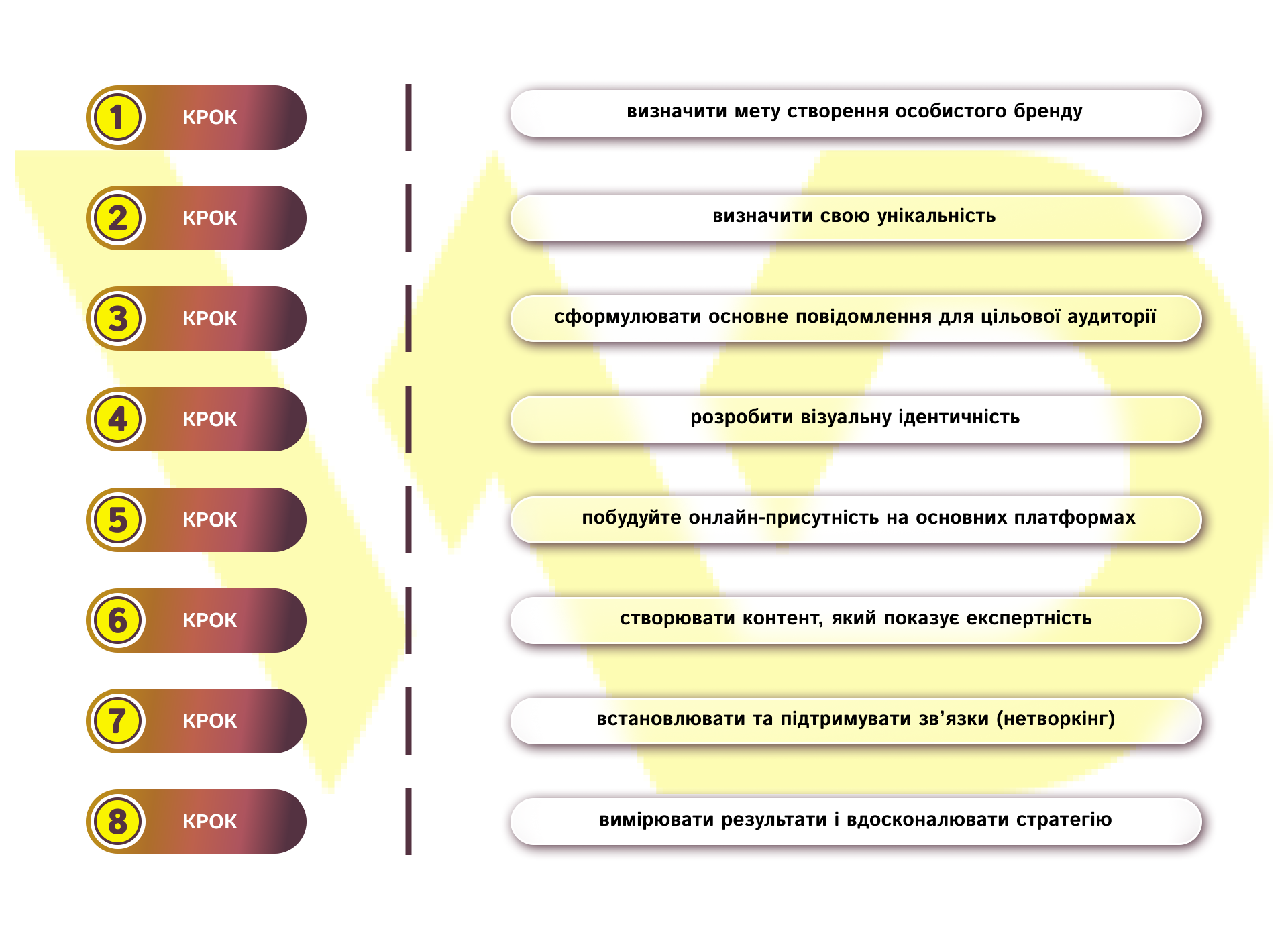
Step 1. Define your goal
First of all, answer the question: why do you want to do this? Perhaps you want to find a new job, attract customers and generate more sales, become a recognized expert, or change your field of activity. A specific goal will help you to clearly formulate your message and place the right emphasis.
Ask yourself:
- What do I want to achieve with my personal brand?
- What audience do I want to attract as an expert?
- What changes do I want to see in my development in a year?
Step 2. Define your uniqueness
To create a personal brand, you need to know what makes you different as a person. Analyze your skills, experience, and way of thinking – this is part of your personal marketing.
Exercise example: list 3-5 strengths. It can be a unique experience, a way of thinking, a communication style, or values you consistently hold – anything that reinforces your human uniqueness.
Step 3. Formulate the main message
The key component of a brand is the message: «Who are you and what do you offer?» It should be simple, clear and easy to remember, conveying your essence as a person who helps, solves or sells. This is what your audience should immediately understand when they meet you. Example: «I help small businesses through content marketing» or «I’m a coach who supports people in times of change and on their path to personal development».
Step 4. Develop your visual identity
Your visual image should be consistent with the essence of the brand. It doesn’t have to be a complicated logo or corporate identity. It’s enough to choose colors, fonts, and photo styles that will be associated with you.
Tip: Choose 2-3 primary colors and use the same design style for social media and content.
Step 5. Build an online presence
Having a strong online profile is key to visibility. Choose the main platforms where your audience is (e.g., LinkedIn, Instagram, YouTube). Update your bio, add professional photos, and fill your pages with meaningful content.
Remember:
- Your profiles should be consistent in style.
- Content should demonstrate expertise (examples, cases, opinions).
- Regularity of publications is the basis of trust.
Step 6. Create content that shows your expertise
Content is the best way to «voice» your brand. Show yourself through examples, stories, and case studies. This is a tool for development, recognition, and sales because people perceive those who openly share knowledge better than those who simply advertise themselves.
Examples for content:
- advice from their profession;
- relevant topics from the point of view of a person who understands;
- conclusions after the projects;
- examples of mistakes and how they affected personal growth.
Step 7. Make and maintain connections
Networking is a powerful element of a brand. Comment on other people’s posts, join professional communities, attend events online or offline. The more you interact, the more you are remembered. This is how you build strong personal recognition.
Step 8. Measure results and improve
Regularly analyze what works and what doesn’t, because it’s part of personal development. Pay attention to which posts get more shares, which platform generates more interactions, and which topics resonate with your audience.
Tools to help with this analysis:
- internal social media analytics;
- Google Analytics for the website;
- feedback from subscribers or colleagues.
Building a personal brand is not a one-time event, but an ongoing process. The more clearly you understand yourself, your goals, and your audience, the more effectively you can build a strong, authentic image. Gradually develop your presence and over time it will start working for you.
How to improve your personal brand through feedback
Let’s take a closer look at the importance of feedback on the way to development, because it is a powerful marketing resource. It is the opinions of other people – clients, colleagues, or subscribers – that help you see yourself from the outside and understand how your audience really perceives you.
It’s a good idea to start with something simple: ask for feedback after completing a project, consultation, or sale. This can be done in the form of a short questionnaire, letter, or personal conversation. Even criticism is a chance to strengthen your personal brand. It’s especially important to pay attention to recurring signals. If several people say that you are not active enough on social media, this is a sign that your personal marketing needs to be corrected. If, on the contrary, they praise you for your clarity and openness, you can further strengthen these traits in your positioning.
Feedback also helps you tailor your communication to the needs of your audience. You better understand what information is really valuable to them, what style of communication is more convenient for them, and what channels they prefer to communicate through. And finally, regular feedback is a marker of personal brand maturity: when you are ready to hear, change, and grow as a person and a professional. This demonstrates respect for the audience and a desire to become better, which inspires even more trust.
Channels of personal brand promotion
To effectively promote your personal brand, it is important to use different channels. Each of them enhances your image, emphasizes your personality, and promotes development. These are personal marketing tools that help a person showcase themselves, convey values, and increase sales. Let’s take a look at the main channels.
|
Channel |
Description |
What is it good for |
|
Social networks |
Instagram, Facebook, LinkedIn, TikTok are ideal for building an image. Here, people share their thoughts, experiences, personal stories, and achievements. |
They allow you to quickly make yourself known, find like-minded people, and keep in touch with your audience. |
|
Own website or blog |
An online platform where you post articles, portfolios, cases, services, and contacts. |
Full control over content, improved visibility on Google. The blog serves as a channel for developing expertise. |
|
YouTube and video content |
A channel for publishing videos: from educational to motivational or personal stories. |
Show your personality, share your thoughts, give examples of cases – this creates an additional emotional connection with the target audience. |
|
Podcasts |
An audio format where you discuss topics that are important to your niche. It’s the perfect format for in-depth conversations. |
The audience perceives the personality better through the voice. It is an opportunity to sound and form a deeper connection. |
|
Email newsletters |
Send useful materials, news, or personalized messages to subscribers’ emails for direct contact. |
It allows you to maintain constant contact and works even without social media activity. |
|
Media and collaborations |
Articles, interviews, or joint projects with other experts or companies. |
They help a person become recognizable, strengthen personal marketing, and find new audiences. |
|
Online courses and webinars |
Provide training that shows your expertise and benefits people. |
It allows you to interact more deeply with your audience and build your own community. |
|
Paid advertising campaigns |
Promotion on social media, Google, or other platforms using targeted ads. Paid marketing is an accelerated way to build an image. |
It helps to promote a personality, increase recognition, and quickly expand the audience. Stimulates additional sales of a specific product or service. |
By using these channels, you can maximize your personal brand, attracting attention and building trust in you as an expert in your field. Channels can be combined, customized, and changed depending on your goals.
Personal branding is not only about content, but also about visibility.
WEDEX will help you promote your social media accounts, set up targeted advertising, or promote your personal blog on Google. We work for results: more followers, more traffic, more customers.
Examples of a successful personal brand: real cases
A personal brand can be a powerful tool for achieving success in a variety of areas. Here are a few examples that demonstrate how different individuals and companies have been able to create strong images that influence their business and lives. Let’s start with people-brands, and then we’ll mention well-known companies.
- David Perell.

Author, entrepreneur, and thought leader in the field of content marketing. The turning point in his career came when he started actively sharing knowledge through blogs and courses. His personal brand is built on the values of education, continuous development, and sharing useful content. His popularity has grown thanks to a strong digital presence and active audience engagement.
- Gary Vaynerchuk.
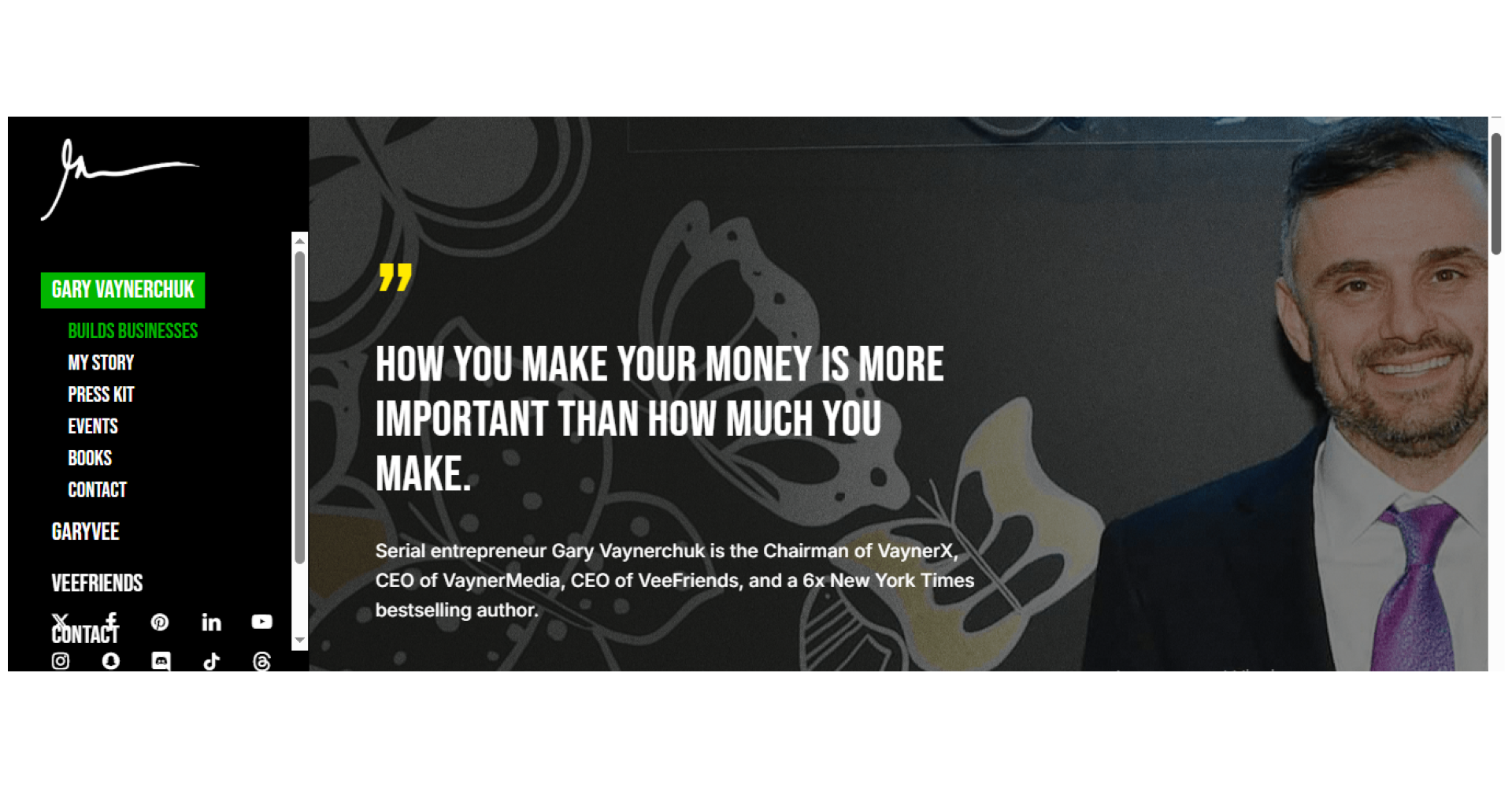
Entrepreneur, investor and motivational speaker. Gary uses his personal brand to promote a business based on honesty, authenticity, and hard work. His personal communication style and extensive social media presence have helped him create a powerful influence in various business areas.
- Elon Musk.
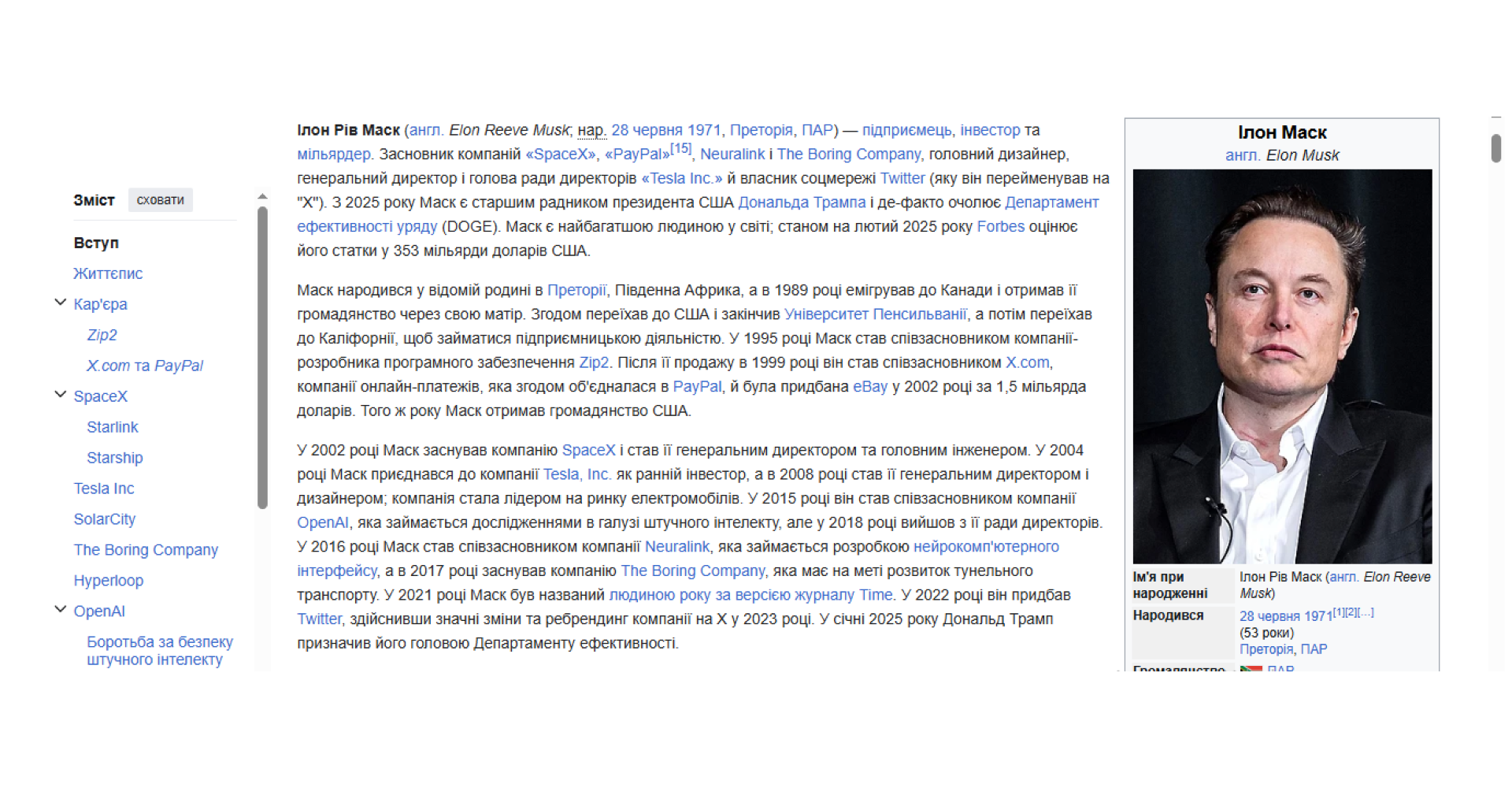
He is a brand personality and a bright personality known all over the world. He has become a symbol of innovation and technological breakthroughs. His image is based on courage, the future, and advanced technologies. He actively uses social media for marketing: communicating with the audience and promoting his companies Tesla and SpaceX. This has become a major part of his image.
- Oksana Mukha.
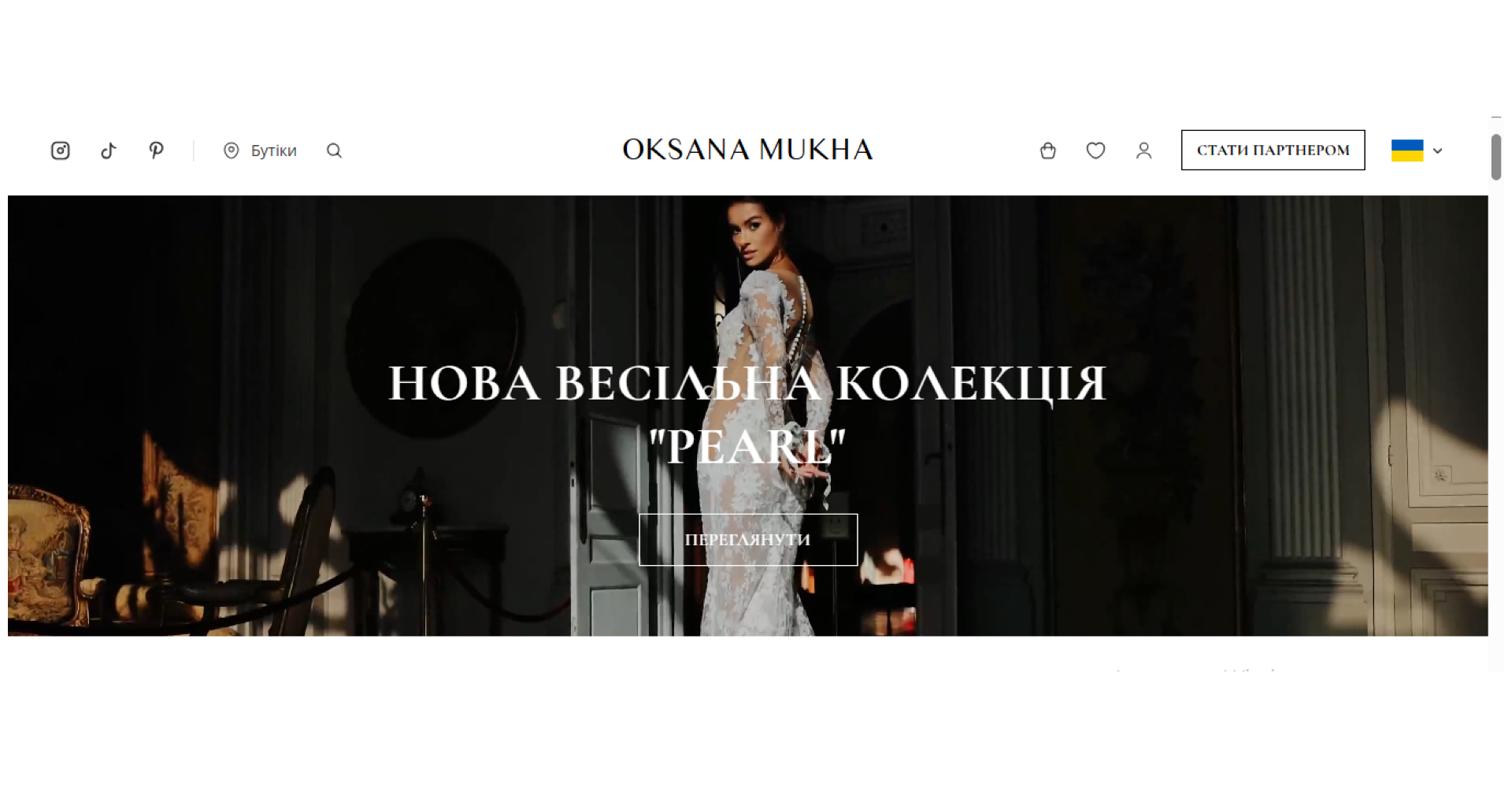
A well-known Ukrainian designer of wedding and evening dresses whose brand is associated with elegance and high quality. Her image combines creativity, craftsmanship, aesthetics, personality and social responsibility. This builds trust and drives sales.
- McDonald’s.

A brand associated with affordability, speed, and stability. Their personalized approach to business, including strategic advertising campaigns and constant adaptation to the market, has helped McDonald’s become a symbol in the fast food world.
- Nike.
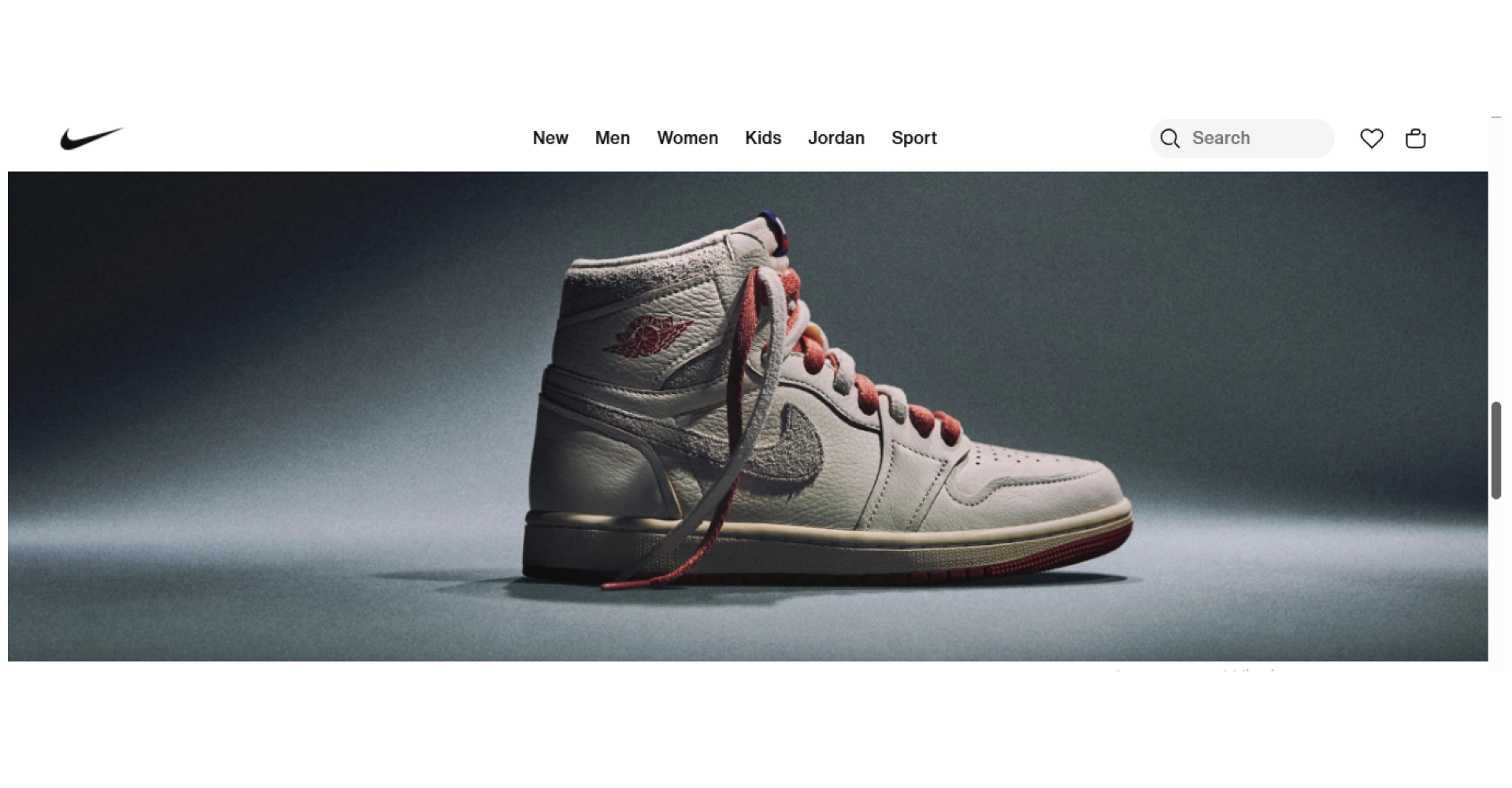
A company associated with victory, courage and innovation. The slogan «Just Do It» has become not only an advertising slogan, but also a symbol of the desire to achieve goals. Nike actively supports athletes and encourages people to be physically active.
- Rozetka.
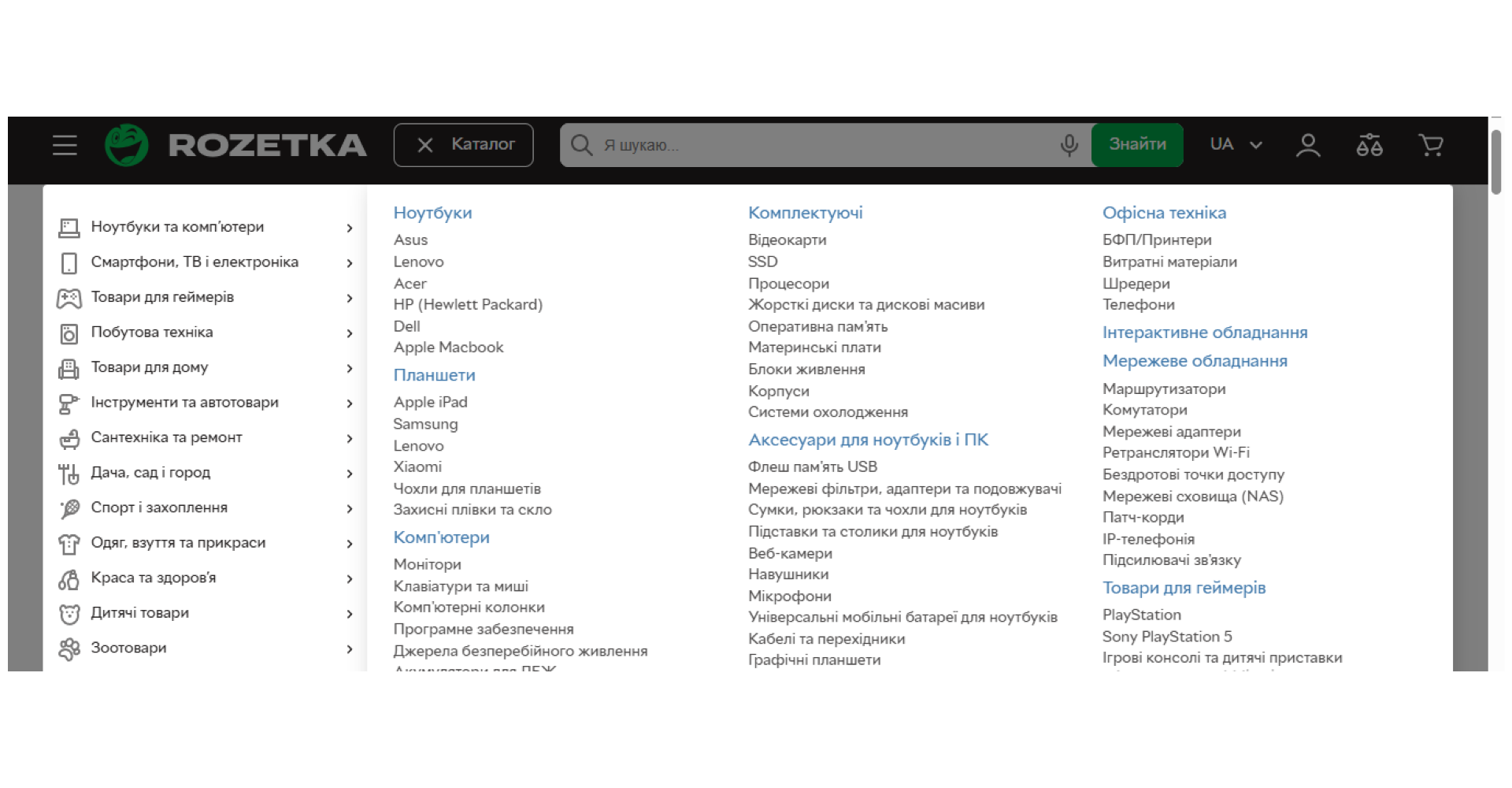
One of the largest Ukrainian online retailers, whose brand is associated with reliability and convenience of online shopping. The company’s strong personal image is based on impeccable customer service and a constantly expanding product range.
- «Nova Post».

Picture new mail A leader in the Ukrainian logistics market that has built its brand around convenience, speed and innovation. The company actively uses the latest technologies to ensure uninterrupted delivery and create a positive image through excellent service.
These examples demonstrate how the right positioning and a clear strategy can make a personal brand or company recognizable and successful on a global scale.
Personal brand is important for everyone
A personal brand is a fundamental development strategy for anyone who wants to succeed. It is an invaluable tool for a professional in any field who builds the trust of potential customers, looks for new sales opportunities, and strives to stand out from the competition. By investing in your personal brand and following the steps described in this article to create it, you will confidently pave the way to your successful future.

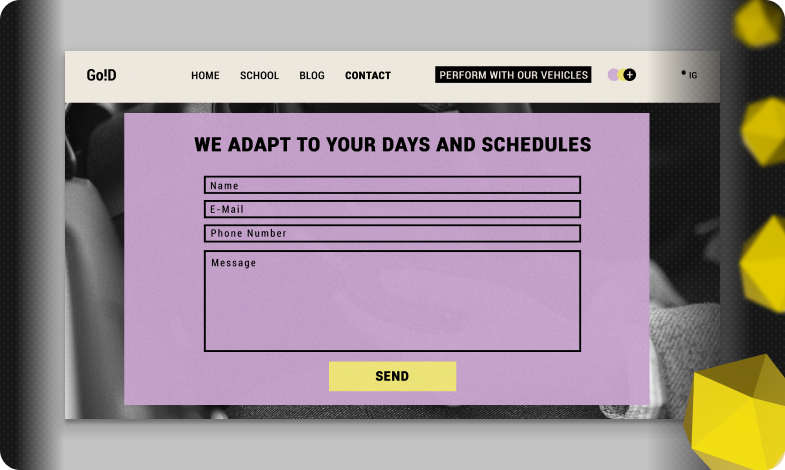




 04/08/2025
04/08/2025  2031
2031



